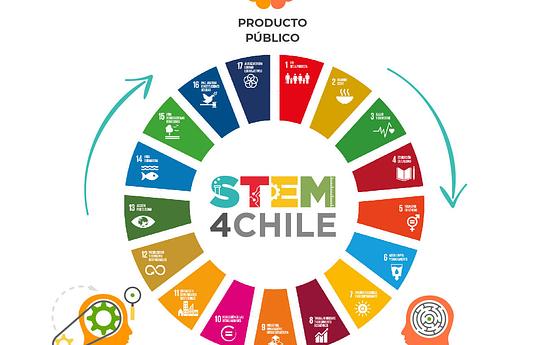Education without Safety of the learners is half way through to ensure equity based learning. The Earthquake 2005 has been the trigger.
Later as an educator the hazards my school children faced made my think of the safety of children.
It goes on to build upon knowledge about Disasters, enhance the Skills required & change the Attitude towards this limiting factor for equitable
education for all.
Despite being a part of curriculum there has been little emphasis on building skills of children to mitigate the disasters both effecting their physical health or social emotional.
Each school including my own has a Disaster Management Plan a working document prepared in consonance with Stakeholders.
The training in the form of Mock Drills, Evacuations & scenario building helps children learn the skills required. Also, workshops are conducted to refresh these periodically. All local disasters like Earthquake, Fires, Floods etc are covered.
Post Disaster management is also done. The Clubs created for the counseling & social well being helps in dealing with impacts of these disasters.
Now children operate the clubs in the schools. The Safety skills gained by children just need some systemic overview. It is self sustainable model.
I use basic Audio visual, equipments & OHP for the training purposes.
The DM Plan & integration of Safety curriculum in syllabus is upgraded alongside.
The School Safety program has been a success for my school & over 5000 children in the community.
The schools now have basic understanding of the School safety education which have multi disaster scenarios around.
The Disaster Management Plan is also available for ready reference for the schools to refer to when needed.
The skills of the students are enhanced to mitigate the disasters within the campus or at home even.
The education leaders in the community have been aware, eager & upfront to help build a resilient education ecosystem.
The goals ahead are:
1: To reach 100K children to build an ecosystem of Emergency Warriors (EW's).
2: Take School safety to community as Community Risk Education Program (CREP)
3: Share the Innovative Best Practices (IBP) with the world.
Firstly, after a brainstorming session to localise the School Safety the vision document has to be framed with goals, vision, objectives in the local context.
I'm available for any collaboration or networking.
I can be reached at rameezsuden@gmail.com
+91-7889663128
Also, we have a team of Emergency Warriors ( EW's) to work with.



